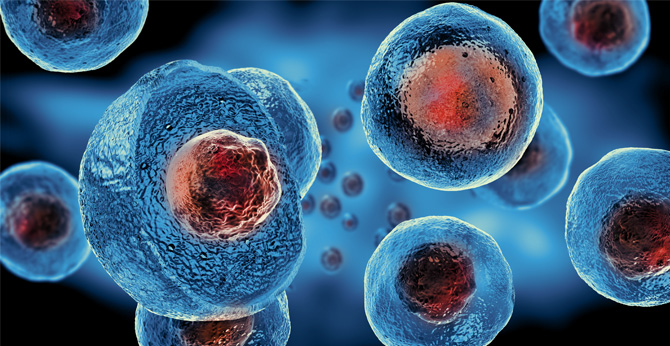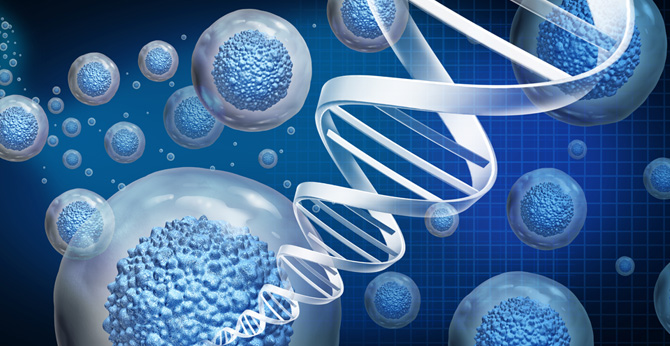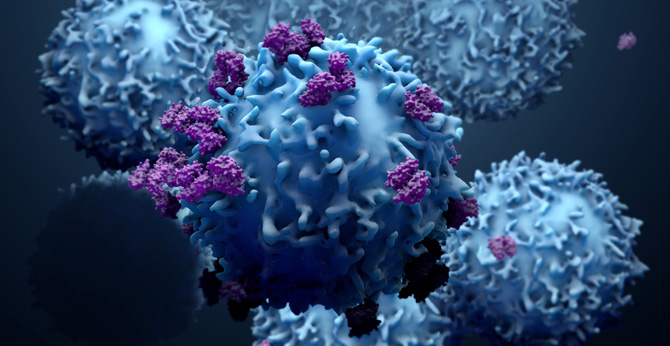All products and services are For Research Use Only and CANNOT be used in the treatment or diagnosis of disease.
The vector of anti-Carbonic anhydrase IX (CAIX) chimeric antigen receptor (CAR) is constructed for the engineering of T cells to target human Carbonic anhydrase IX (CAIX). The T cells are genetically modified through transduction with a lentiviral vector expressing scFv of anti-Carbonic anhydrase IX (CAIX) antibody linked to CD28 and 41BB and CD3ζ signaling domains. And the vector product was designed for the treatment of Clear cell renal cell carcinoma (ccRCC).
|
CAR Construction : G36 scFv-CD28-TCRζ (CD28 CAR)
Fig.1 Fluorescence-activated cell sorting analysis. Reporter gene ZsGreen was used to quantitate primary T cell transduction efficiency by the lentiviral CAR constructs. In addition, anti-CAIX scFv CARs were stained with CAIX-Fc fusion protein and C9-tag (TETSQVAPA) was stained with 1D4 antibody. Untransduced activated T-cells, LAK only were served as unstained cell control (i) or stained with second antibody ((ii) PE-anti-human IgG and (iii) APC-anti-mouse IgG) were used as staining controls. Lo, A. S., Xu, C., Murakami, A., & Marasco, W. A. (2014). Regression of established renal cell carcinoma in nude mice using lentivirus-transduced human T cells expressing a human anti-CAIX chimeric antigen receptor. Molecular therapy oncolytics, 1, 14003. |
|
CAR Construction : G36 scFv-CD28-TCRζ (CD28 CAR)
Fig.2 Western blot analysis. Molecular sizes of monomer/dimer structures of anti-CAIX (clone G36) CD28 and anti-CCR5 (clone A8) CD28 CARs, as well as endogenous TCRζ chain of untransduced T cells were indicated. Lo, A. S., Xu, C., Murakami, A., & Marasco, W. A. (2014). Regression of established renal cell carcinoma in nude mice using lentivirus-transduced human T cells expressing a human anti-CAIX chimeric antigen receptor. Molecular therapy oncolytics, 1, 14003. |
|
CAR Construction : G36 scFv-CD28-TCRζ (CD28 CAR)
Fig.3 Functional studies. Cytokine secretion. Anti-CAIX CART, irrelevant CART, or activated control T cells (LAK) were cocultivated overnight with kidney cancer cell lines sk-rc-52 (CAIX+) and sk-rc-59 (CAIX−) for cytokine production. One representative out of two to three results is shown. Lo, A. S., Xu, C., Murakami, A., & Marasco, W. A. (2014). Regression of established renal cell carcinoma in nude mice using lentivirus-transduced human T cells expressing a human anti-CAIX chimeric antigen receptor. Molecular therapy oncolytics, 1, 14003. |
More Published Data More Published Data
There are currently no customer reviews or questions for Anti-CAIX (G36) h(CD28-41BB-CD3ζ) CAR, pCDCAR1 (CAR-MZ204). Click the button below to contact us or submit your feedback about this product.
For research use only. Not intended for any clinical use. No products from Creative Biolabs may be resold, modified for resale or used to manufacture commercial products without prior written approval from Creative Biolabs.
For any technical issues or product/service related questions, please leave your information below. Our team will contact you soon.
 NEWSLETTER
NEWSLETTER
The latest newsletter to introduce the latest breaking information, our site updates, field and other scientific news, important events, and insights from industry leaders
LEARN MORE NEWSLETTER NEW SOLUTION
NEW SOLUTION
CellRapeutics™ In Vivo Cell Engineering: One-stop in vivo T/B/NK cell and macrophage engineering services covering vectors construction to function verification.
LEARN MORE SOLUTION NOVEL TECHNOLOGY
NOVEL TECHNOLOGY
Silence™ CAR-T Cell: A novel platform to enhance CAR-T cell immunotherapy by combining RNAi technology to suppress genes that may impede CAR functionality.
LEARN MORE NOVEL TECHNOLOGY NEW SOLUTION
NEW SOLUTION
Canine CAR-T Therapy Development: From early target discovery, CAR design and construction, cell culture, and transfection, to in vitro and in vivo function validation.
LEARN MORE SOLUTION